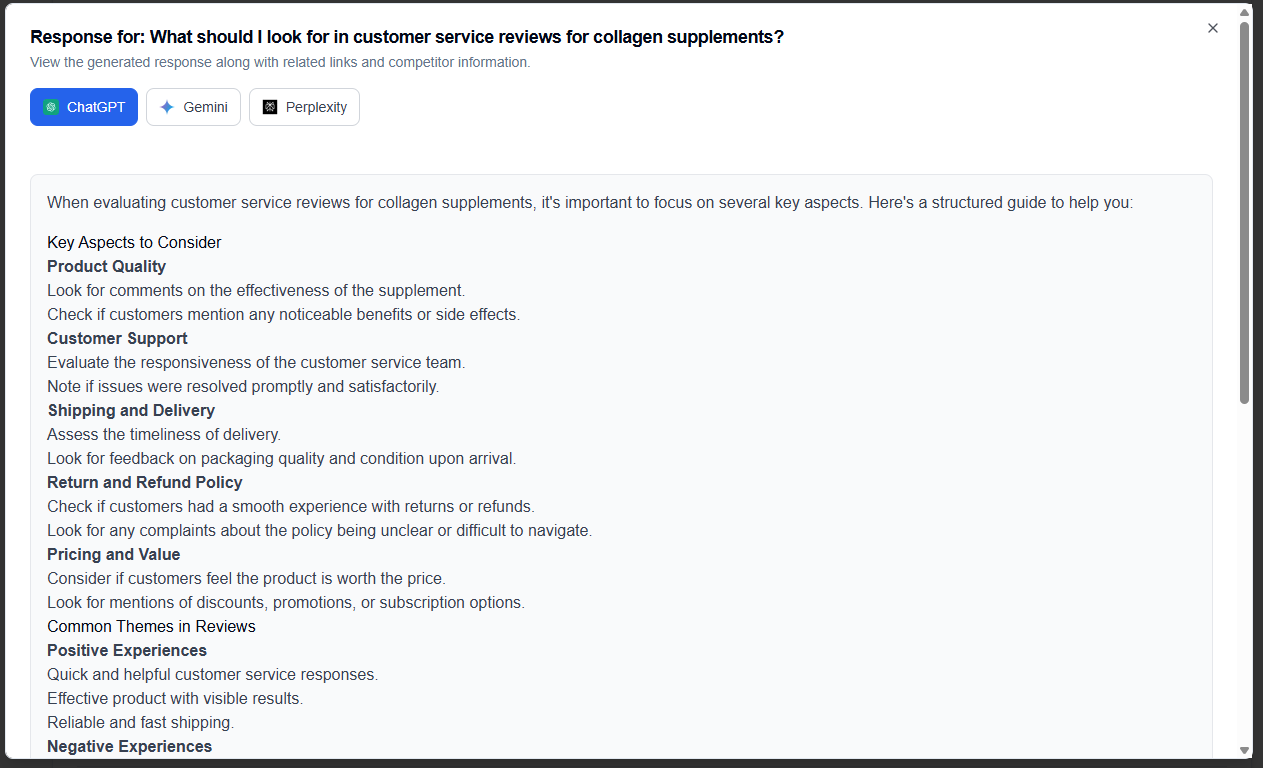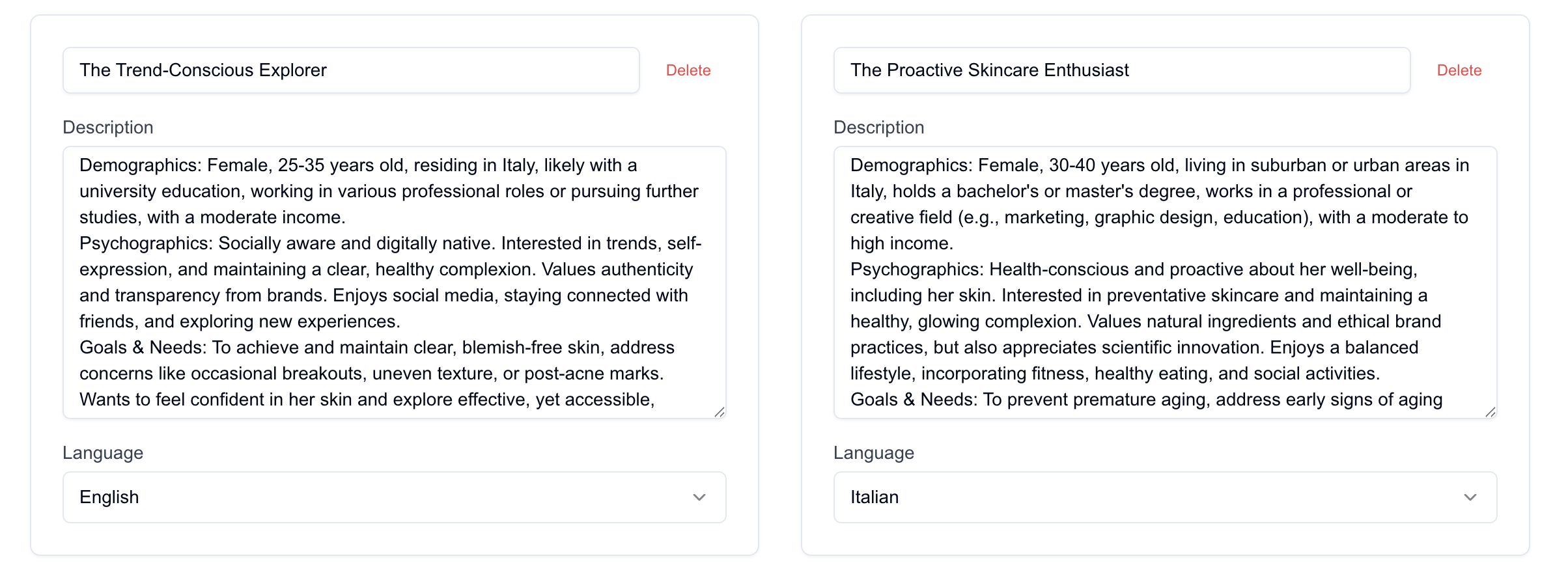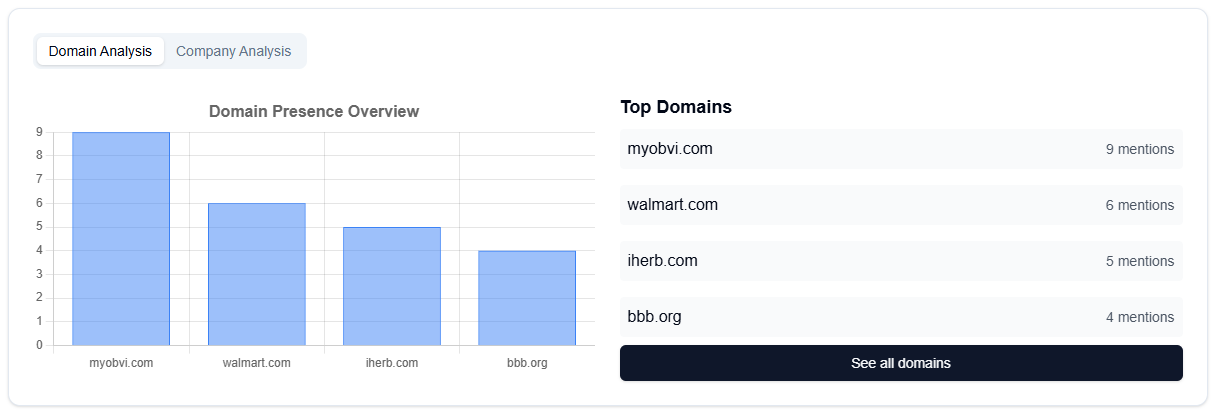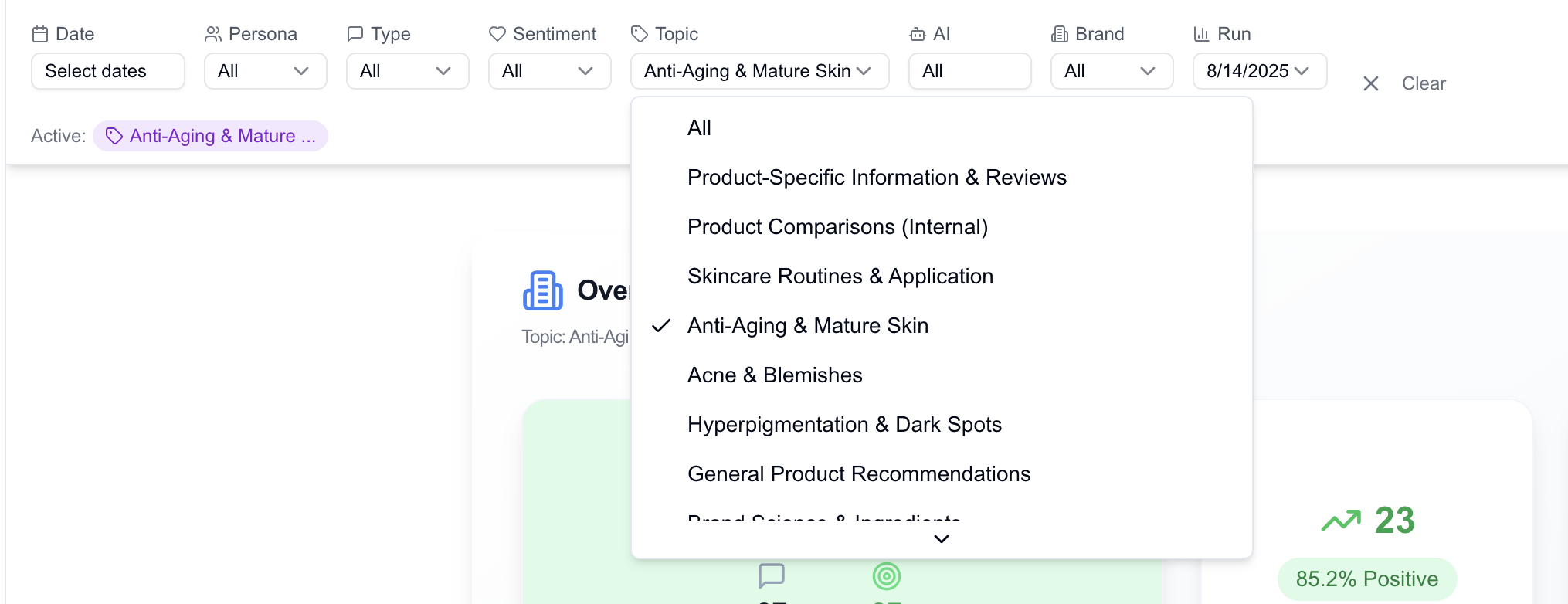
From Keywords to AI Prompts: How to Uncover the Right Content Topics for Generative AI
When we talk about visibility in Generative AI responses, it’s tempting to think it’s just another form of SEO. But it isn’t.
Traditional SEO is about optimizing your website to rank higher on search engines like Google. You focus on keywords, backlinks, technical performance, and content updates to secure visibility in search results.
Generative AI tools such as ChatGPT, Gemini, Google AI, Perplexity and others pull insights from multiple sources: Reddit, Wikipedia, YouTube, review platforms, marketplaces, Instagram (via Google indexing), media outlets, and listicles.
Brand visibility is no longer just the responsibility of the SEO team, it now requires involvement from brand managers, PR, content, and design teams. This shift can initially feel overwhelming, with teams worrying they’ll need to dedicate massive resources to manage it. In reality, building visibility in AI-generated answers calls for a fresh approach, but one that should be seamlessly integrated into your broader brand strategy and ongoing activation campaigns.
Why Generative AI Visibility Matters
- Consumers are shifting behavior: Instead of browsing multiple search results, they increasingly rely on AI for summaries, recommendations, and comparisons.
- AI decides what to surface: If your brand isn’t visible in AI responses, you risk being excluded from a customer’s consideration set.
- It’s about authority, not just ranking: AI models prefer trusted sources, well-structured content, and widely referenced domains.
This is where Seonali steps in.
How Seonali Helps Brands Create Content That Wins in AI Responses
1. Discover What Customers Ask AI
Seonali features help to identify the questions and prompts your personas use in LLMs. This shows you which topics, formats, and angles your content should cover.
- Content tip: Before creating new content, review what you already have. Identify pages, articles, or resources that can be updated, expanded, or repurposed to better align with your audience’s interests and likely AI queries. Optimizing existing content ensures your brand remains visible in AI-generated answers and maximizes the value of content you already invested in.
- You can also turn these questions into new blog posts, guides, FAQs, or social content, complementing your optimized existing content to strengthen your AI visibility.

2. Define Personas for AI Scenarios
Not every customer searches the same way - and AI answers differ by persona. Seonali features lets you simulate personas (e.g., tech enthusiast, industry insider, casual shopper).
- Content tip: Craft tailored messaging for each persona — from in-depth technical articles to snappy lifestyle content.

3. Analyze Competitor Visibility
Seonali features show how competitors appear in AI responses. Are they cited more often? Do they dominate certain topics?
- Content tip: Use this insight to refine your positioning, messaging, and content formats.

4. Review AI-Cited Domains
If AI frequently cites specific media, blogs, or review sites, Seonali features highlight them.
Content tip: Pitch guest posts, PR collaborations, or expert contributions to these domains. This increases your chance of being cited by AI.

5. Spot Content Gaps & New Opportunities
Seonali uncovers topics where your brand isn’t mentioned yet but your audience is searching.
Content tip: Fill these gaps with fresh blog posts, product explainers, or multimedia content to boost authority.

Why This Goes Beyond SEO
- SEO focuses on rankings in search engines.
- AI visibility focuses on brand presence in generated answers.
- With Seonali, you’re not just optimizing for clicks, you’re building authority in the AI-powered discovery journey.
Even with an outdated CMS, there are numerous opportunities to enhance your brand's visibility within Generative AI responses.